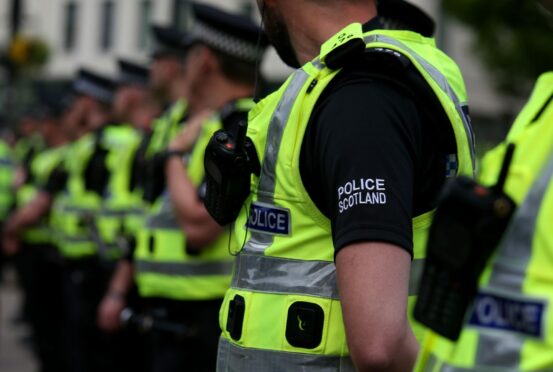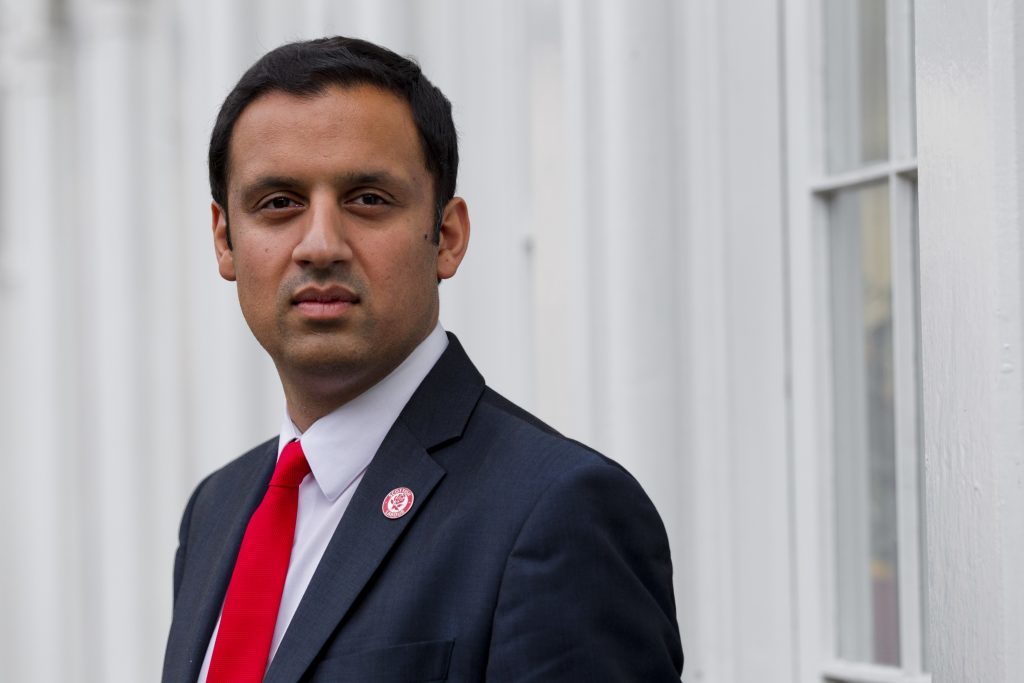
Police Scotland must recruit and promote more ethnic minority officers as a priority, according to Anas Sarwar.
The leader of Scottish Labour, who heads a parliamentary group on tackling racial prejudice, spoke out after figures revealed just 228 black and minority ethnic (BME) officers have been recruited since the national force was created in 2013. The statistics also show 17 of the 116 BME officers recruited between 2013 and 2020 left in the same period.
There are currently 16,610 full-time police officers in Scotland and the most recent figures for 2020 show 253 are BME. About 1% of officers are BME compared with 4% in the wider population. The most recent police recruitment drives attracted 112 BME trainees, but Sarwar said more must be done to encourage minorities to join.
Sarwar, chairman of the Scottish Parliament’s Cross Party Group (CPG) on Challenging Racial and Religious Prejudice, said: “These findings show how far we still have to go to ensure our police force fully reflects our society. Progress has been made but our minority communities continue to be chronically under-represented in public life.”
Sarwar also wants to see more BME officers promoted. Police figures show 20 BME officers gained promotion in 2019/20, up from 11 in 2018/19 and only eight in 2018/19.
He said: “We need a change in culture in the public sector, not only increasing the number of workers from our diverse minority communities but also those in positions of leadership. This situation isn’t because of a lack of talent, it’s a lack of opportunities.
“We enjoy good engagement with Police Scotland since the CPG was established and would welcome further discussion on this.”
Fiona McQueen, Scotland’s former chief nursing officer who was recently appointed chairwoman of the Scottish Police Authority’s People Committee, also urged Police Scotland to improve diversity. She said: “A policing workforce that is as diverse and representative of the communities it serves is the vision and aim. While we have seen progress towards this, it has been slow and the authority has been clear that it expects to see this pace pick up. We know Police Scotland is working hard and we expect to see continued improvement.”
David Hamilton, chairman of the Scottish Police Federation, representing rank and file officers, said: “It is welcome to see, after many years of apparently not being seen as an attractive career option by the BME community, that trend appears to have been reversed. Drawing on skills and experience from as broad a cross-section of society as possible benefits us all.”
Deputy Chief Constable Fiona Taylor, who is responsible for diversity, said the force was committed to recruiting more officers and staff from under-represented groups.
“Inclusion is an operational necessity and morally the right thing to do,” she said. “There are well-documented barriers to some people applying to join the police service. We therefore established a dedicated positive action team in 2017 to increase the diversity of candidates.
“We are currently running a recruitment campaign that includes a number of positive action team events to encourage and support applications from minority groups.”

Enjoy the convenience of having The Sunday Post delivered as a digital ePaper straight to your smartphone, tablet or computer.
Subscribe for only £5.49 a month and enjoy all the benefits of the printed paper as a digital replica.
Subscribe